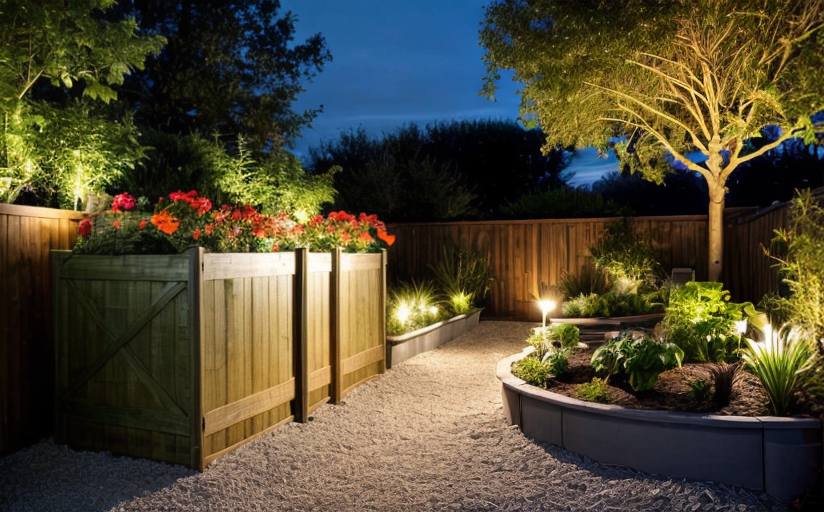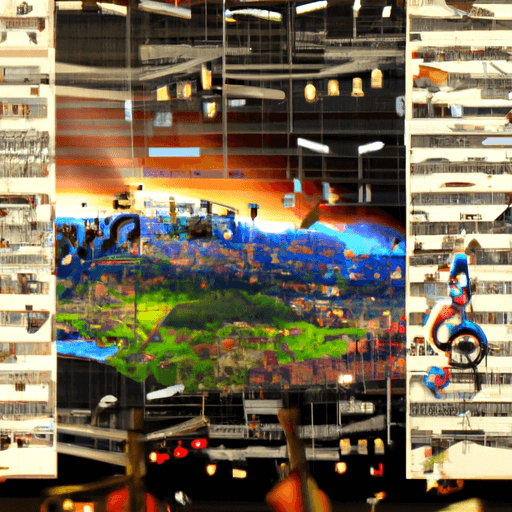Sustainable Landscaping: A Perfect Gateway to Create An Eco-Friendly Backyard
Developing sustainable outdoor spaces has become central to our daily lives and a great way to contribute to environmental health. Among the plethora of options available, sustainable landscaping stands as a timeless solution that aligns aesthetics with eco-friendly practices.
Understanding the Importance of Sustainability
Sustainability has become more than just a trend—it’s a necessity. As homeowners, incorporating sustainable practices in our daily lives, especially in our outdoor spaces, helps to preserve natural resources, reduce waste, and make a significant difference in the overall health of the environment.
Benefits of an Eco-Friendly Backyard
An eco-friendly backyard not only contributes to the environment but also offers several benefits to the homeowner. The use of native plants requires less maintenance, water, and pesticides, resulting in cost savings. It also contributes to local biodiversity and creates a habitat for local wildlife.
Practical Tips for Creating a Sustainable Landscape
- Use Local Flora: Plant native species that are adapted to the local climate and soil conditions. These plants require less water and are more resistant to local pests.
- Practice Water Conservation: Use rain barrels to collect rainwater for irrigation. Install a drip irrigation system or soaker hoses to minimize water waste.
- Recycle Waste: Compost kitchen waste to create a rich, organic soil conditioner. Reuse materials, like old bricks and wooden pallets, for constructing garden beds or paths.
Creating a Sustainable Landscape Design: A Step-By-Step Guide
- Design with a Purpose: Start with a clear vision of what you want to achieve. Consider elements that promote biodiversity like bird feeders, butterfly gardens, or bee hotels.
- Choose the Right Plants: Select plants that are native to the region and suitable for your soil type and light conditions. They will thrive without requiring excessive watering or chemical interventions.
- Conserving Water: Plan for a robust water management system that could include rainwater harvesting and drip irrigation.
- Plan for Waste Management: Implement composting of kitchen waste and recycling of garden waste.
- Maintain Sustainably: Use organic fertilizers instead of chemicals, and opt for hand tools instead of fuel-powered equipment whenever possible.
Conclusion
Eco-friendly practices integrated with landscaping can not only make outdoor spaces more beautiful and enjoyable but also contribute significantly to environmental health. It’s time to rethink how we manage our backyards and truly make a difference by embracing sustainable landscaping.

















Comments
Leave a Comment